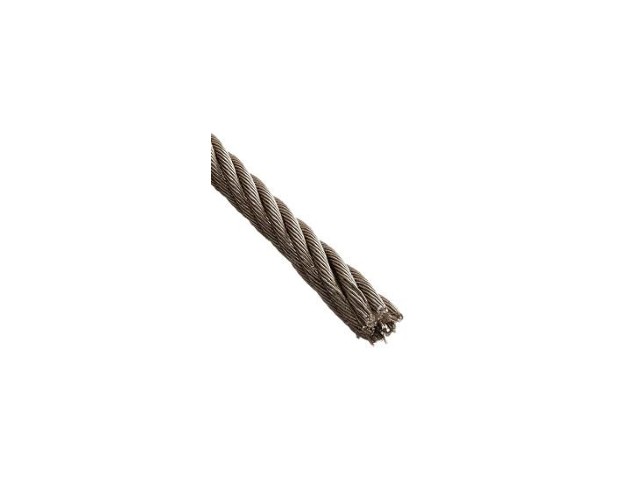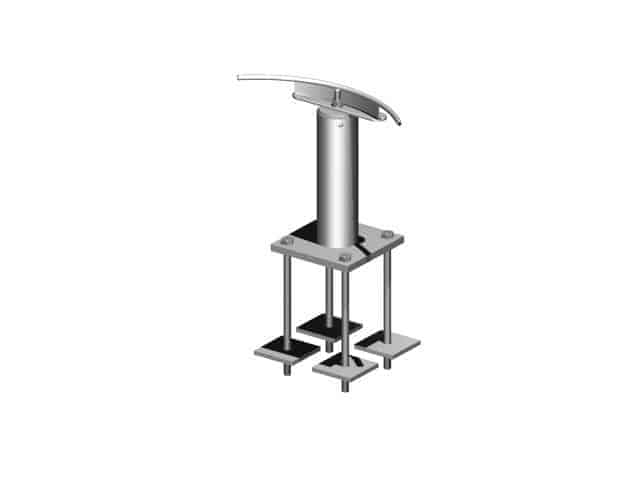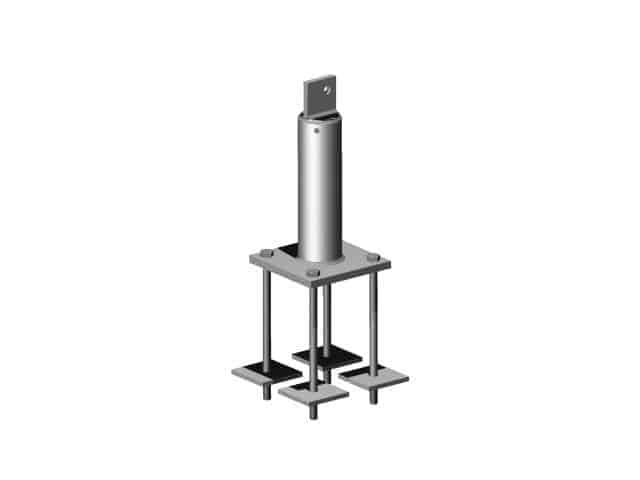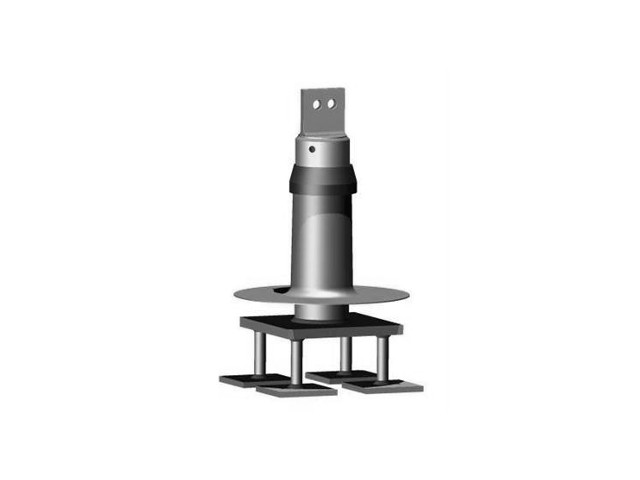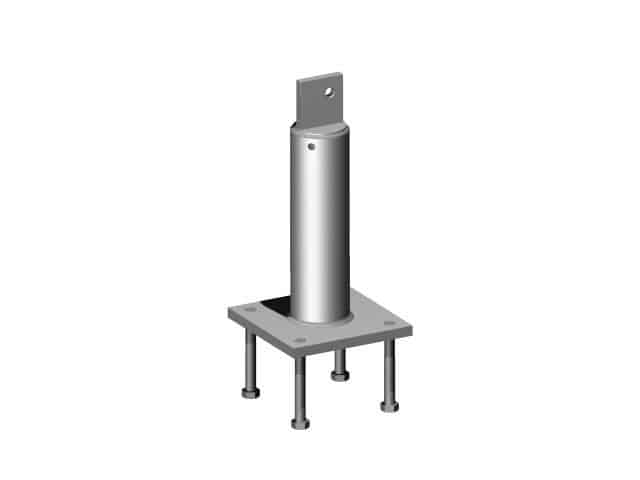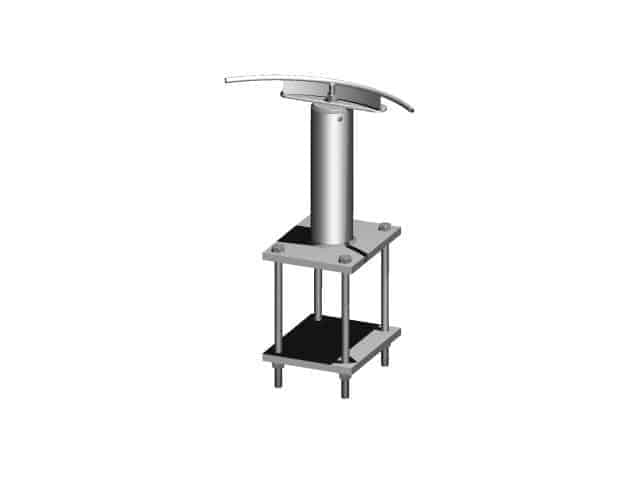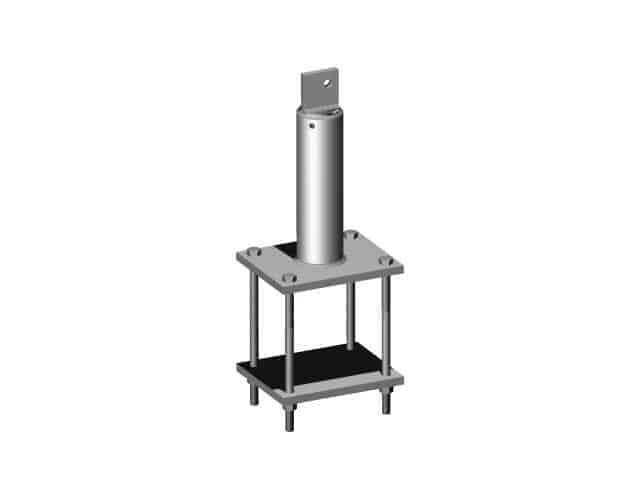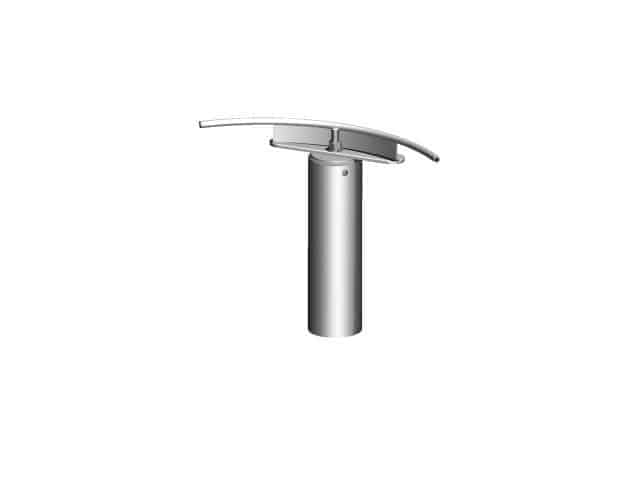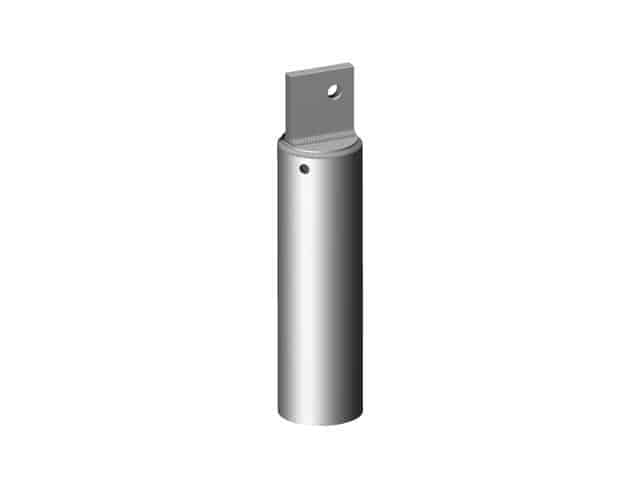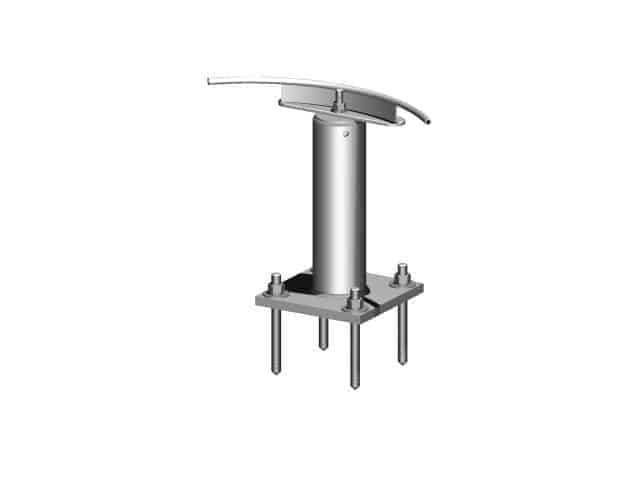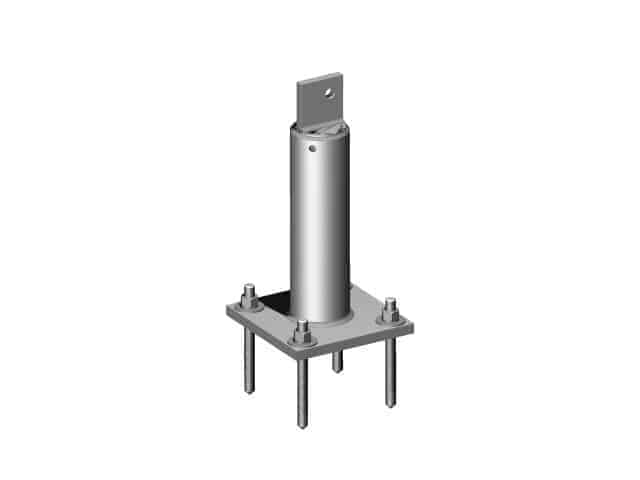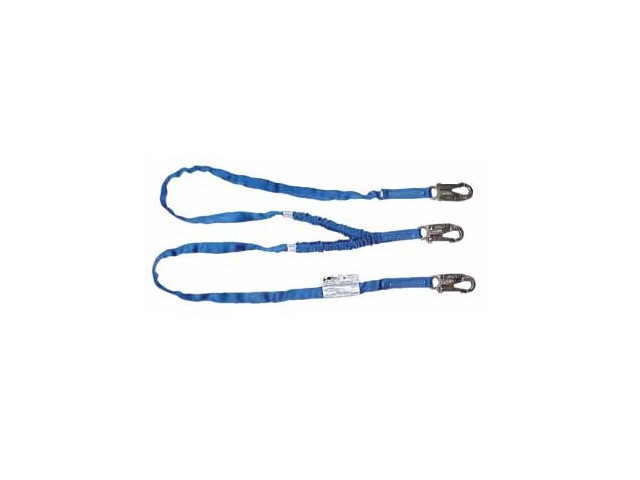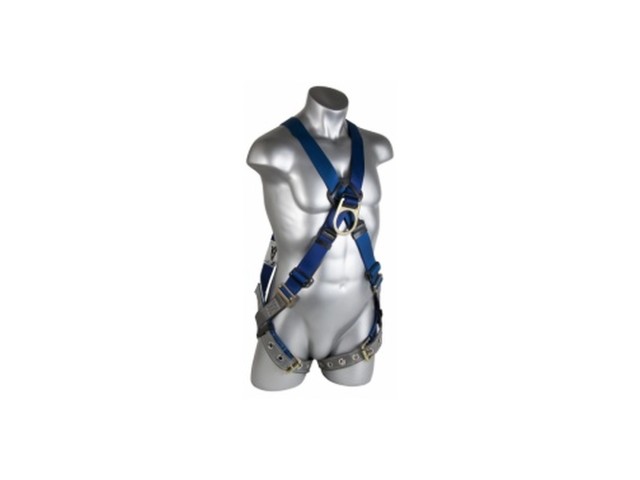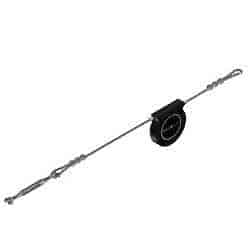Industrial Fall Protection
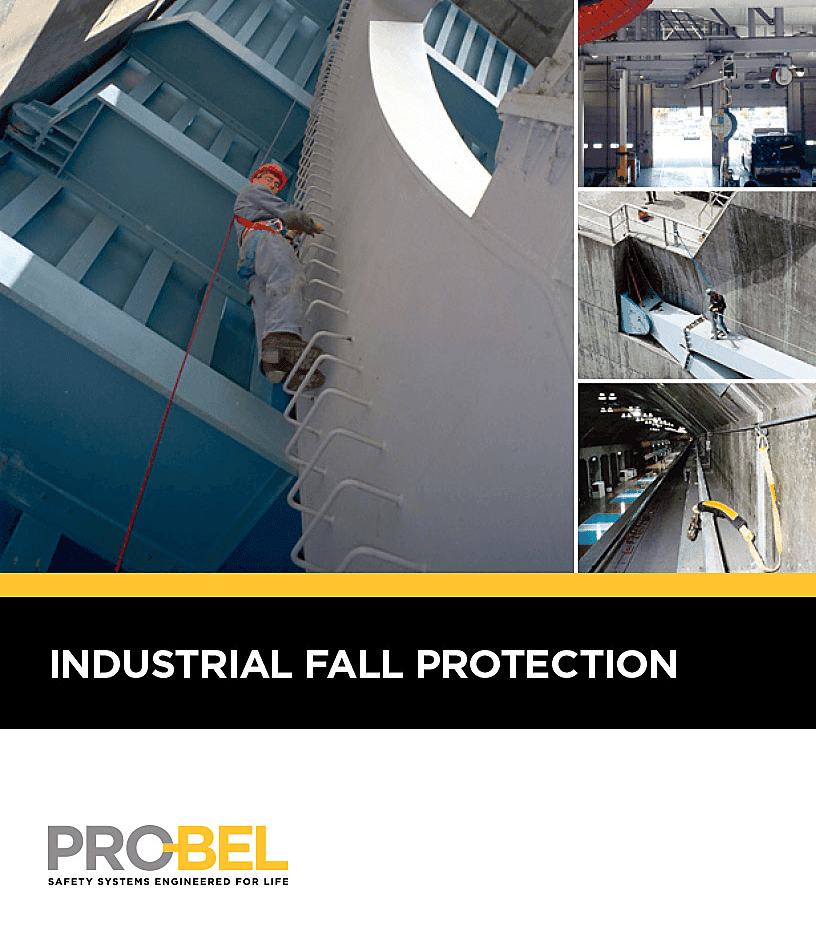
Complete this form to download your free brochure
When standing or working at heights, fall protection is important to prevent injury or fatality. It doesn’t take a significant fall to sustain injuries or be killed. That’s why the necessary safety precautions must be deployed.
The main forms of fall protection implemented on roof work are fall-restraint, fall arrest, and fall prevention. Fall protection can also be used alongside other rooftop safety equipment systems like bosun's chairs and suspended stages/platforms for facade access.
Fall Prevention
Prevention is defined as “the action of stopping something from happening or arising” in the oxford dictionary and that definition carries on with fall prevention. This refers to any system or process in place to hinder the risk of a fall even occurring.
One example of fall prevention is guardrails. Guardrails are placed on roof areas where workers are performing tasks within 6 feet (1.83m) of a roof edge that does not have a parapet (which must have a minimum height of 42” or 1.07m). These rails serve the purpose of creating a barrier between the worker and the roof’s edge.
Another example would be training employees to recognize fall risk. This is implemented by requiring employees working at higher levels to possess a working with heights certificate. A working at heights training certificate is only valid for 3 years afterwards the worker is required to retake the exam to keep up-to-date on fall risks and refresh their knowledge.
Fall Restraint
Fall restraint refers to a system of fall protection equipment that prevents employees from being able to even access the edge. Typically, the equipment used for fall restraint would be either tied-off stand alone roof anchors or a horizontal lifeline system which is placed 10ft back from the ledge. This equipment is placed outside a fall hazard area (anything within 6 ft of a roof’s edge or fall hazard) to eliminate the probability of falling.
Fall Arrest
A Fall Arrest system refers to the framework in place to stop a fall after a worker goes over the roof edge. A typical form of fall arrest is a lifeline attached to the employee's harness. To implement proper fall arrest, there must be at least 20ft/6m of vertical distance. If there isn’t a travel restraint must be designed for or a guardrail must be put in place.
In the event of a fall, the lifeline will catch the worker which keeps them suspended by their harness for half an hour. From that point, it’s important to rescue them immediately since no matter how good their harness is, the suspended employee risks losing blood flow to the main arteries in their legs. To avoid any permanent damage, they should be rescued within 15 minutes. The safest form of fall arrest is not having to use it in the first place. These aspects of fall protection are the pillars of safety when working from heights. Fall restraint keeps you from the edge, fall prevention blocks a fall from occurring, and fall arrest catches you in the event you do go over the edge. With these preventative measures in place, no one working on the roof is risking their life.

